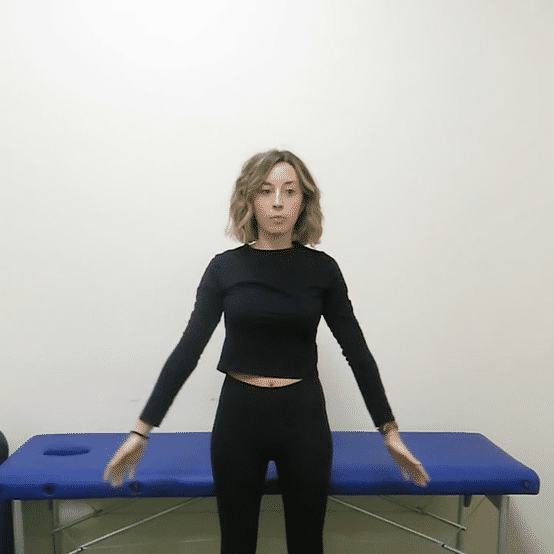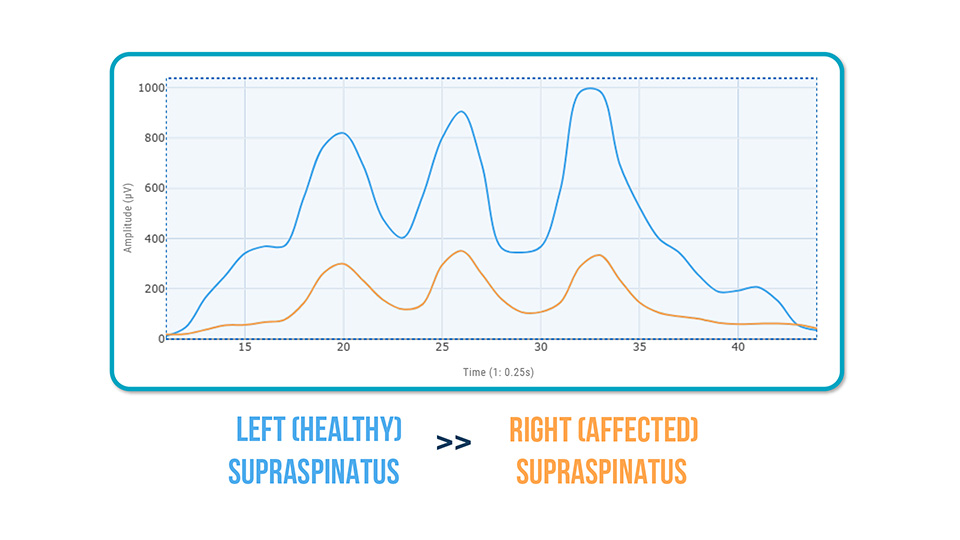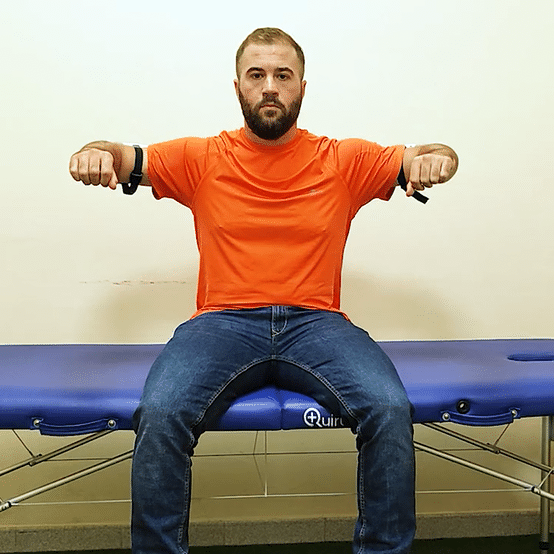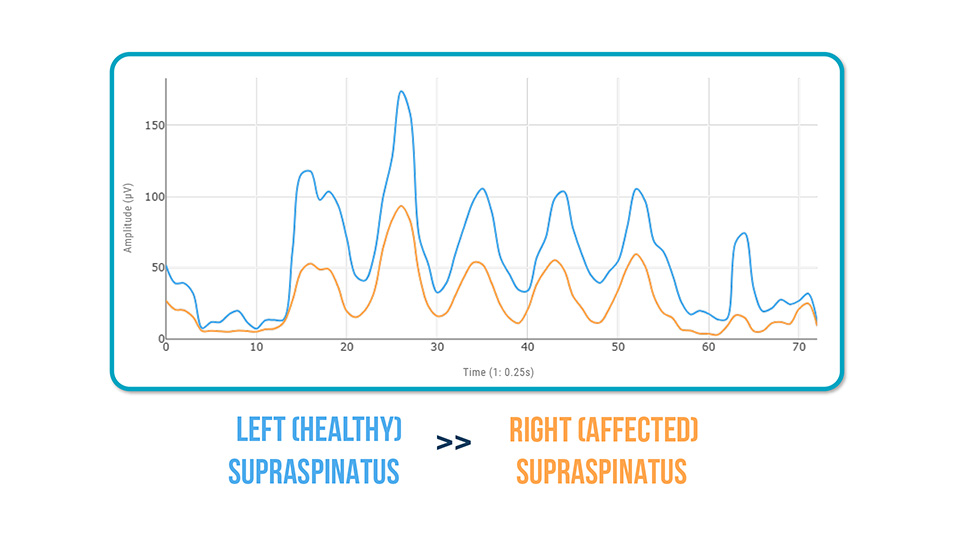In patients with shoulder pain, one of the most common mistakes is assuming muscle function is intact just because range of motion appears normal.
However, in cases of supraspinatus tendinopathy, it’s common to find altered muscle activation patterns, even in early stages. And if you don’t catch this in time, the consequences can be detrimental.
By the way…
In this post, you’ll learn two key movements you should always use to identify a weak supraspinatus in patients with rotator cuff tendinopathy.
What Happens If You Don’t Detect Supraspinatus Dysfunction?
Failing to properly assess this muscle’s function can lead to:
- ❌ Increased risk of tendinopathy becoming chronic
- ❌ Muscle compensations that overload the deltoid, upper trapezius, or infraspinatus
- ❌ Slower and less effective recovery
- ❌ Functional loss in daily activities or sports performance
The key is to identify this weakness objectively before compensations become established.
What Are the Most Common Functional Limitations?
In supraspinatus tendinopathy, deficits tend to appear especially in:
- Shoulder abduction and flexion movements
- External rotation
- Combinations of both (e.g., exercises or functional tasks with the arm elevated and externally rotated)
This means that many conventional exercises may be ineffective if you don’t know whether the supraspinatus is actually being activated.
How to Assess the Supraspinatus with EMG
Surface electromyography (EMG) lets you see whether the supraspinatus is doing its job—or if other muscles are taking over.
Here are two simple but effective diagnostic tests to identify supraspinatus weakness:
✅ Test 1: Shoulder Abduction

Neuromuscular goal:
Ideally, you should see symmetrical activation between the affected and unaffected supraspinatus:
Left supraspinatus = Right supraspinatus
Common result in tendinopathy:

Left (healthy) supraspinatus >> Right (affected) supraspinatus
This indicates a clear activation deficit on the painful side, even if the movement can be performed.
What does EMG provide?
It detects this difference objectively, even when range of motion seems fine.
✅ Test 2: External Rotation with Abduction

This test demands more coordination and motor control, making it ideal to check if the supraspinatus can activate properly in a more functional movement.
Neuromuscular goal: Again, symmetrical activation between both sides.
Common result in tendinopathy:

Left (healthy) supraspinatus >> Right (affected) supraspinatus
The affected side shows a much lower activation peak or a delayed response compared to the healthy side.
This pattern confirms poor integration of the supraspinatus in more complex movement synergies.
Conclusion
Supraspinatus weakness is not always obvious, but if it’s not detected and corrected, it will limit recovery and increase the risk of reinjury.
With tools like EMG, you can:
- Detect functional deficits that are invisible in conventional assessments
- Select the right exercises at the right time
- Avoid compensations that slow progress
Want to learn how to accurately assess your patients’ muscle activation? Contact us and discover how to integrate EMG into your daily practice for more effective treatments.

